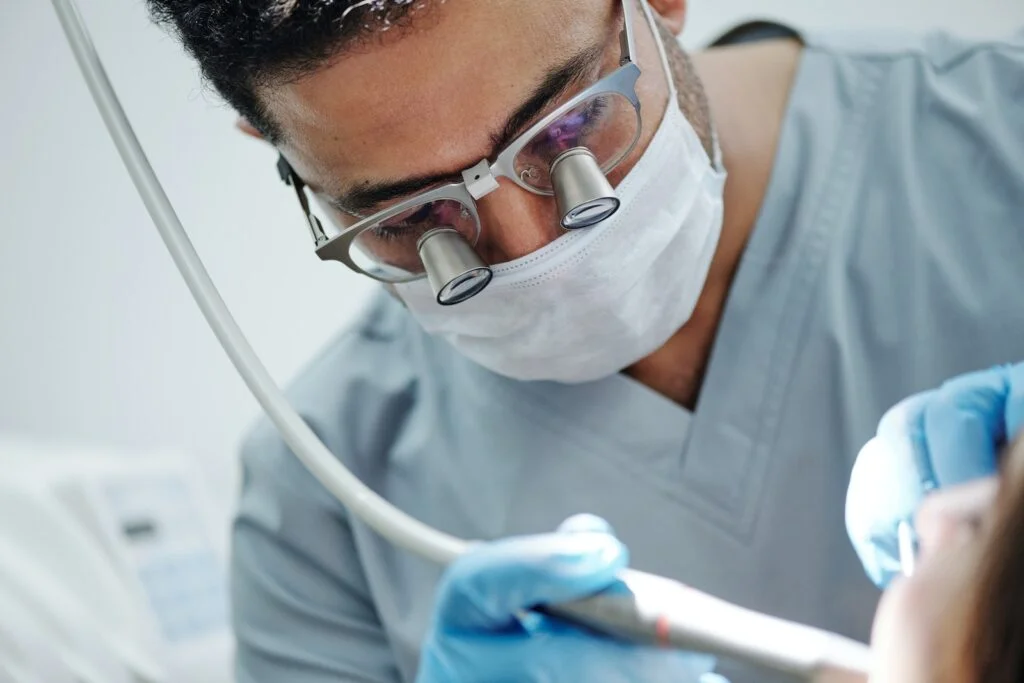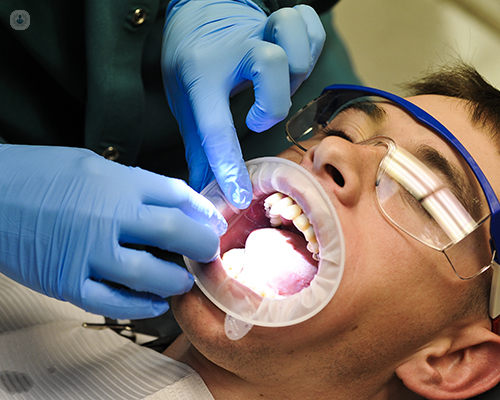Navigating Gum Treatments: Ensuring Ideal Gum Wellness and Function
Periodontal treatments play a substantial duty in addressing gum disease and guaranteeing the appropriate feature of the periodontals. Recognizing the subtleties of each alternative, identifying the signs of gum tissue condition, and recognizing when to look for specialist treatment are crucial actions in the direction of attaining and preserving healthy and balanced periodontals.
Value of Periodontal Health And Wellness
Making sure ideal periodontal health is essential for overall well-being and keeping a healthy and balanced mouth. Gum health and wellness refers to the condition of the gums, the bone framework sustaining the teeth, and the connective tissues that hold the teeth in place. Healthy and balanced gum tissues are solid, pale pink, and do not bleed throughout brushing or flossing. Overlooking periodontal wellness can cause periodontal disease, which is not just a leading reason for tooth loss but also has effects for systemic health and wellness. Research has actually revealed links in between periodontal disease and problems such as diabetic issues, heart problem, and respiratory system infections.

Usual Indicators of Gum Tissue Condition
Normal oral exams are essential for identifying usual signs of gum tissue condition early and applying prompt treatments to preserve ideal periodontal health and wellness. One of the most prevalent indicators of gum tissue illness is periodontal inflammation, characterized by redness, swelling, and inflammation. Hemorrhaging periodontals, particularly during brushing or flossing, can show gingivitis, the onset of gum disease. Relentless foul breath or a poor preference in the mouth can also be warning indications of periodontal disease, as they are frequently triggered by bacteria in the mouth because of bad dental health. Declining gum tissues, where the gums retreat from the teeth, developing pockets that trap food and bacteria, are an additional typical symptom of gum tissue illness. Loose or moving teeth, changes in the way teeth fit with next page each other when biting, and the development of abscesses or pus between teeth and gum tissues are all sophisticated signs of gum disease that need immediate specialist intervention to avoid additional damages and tooth loss.
Non-Surgical Treatment Options
To resolve very early indicators of periodontal disease like inflammation, hemorrhaging gums, and foul-smelling breath, non-surgical therapy options play a vital duty in preserving ideal periodontal health. Non-surgical treatments are commonly the initial line of protection versus periodontal condition and can effectively halt its progression when captured early. One common non-surgical technique is professional dental cleaning, also known as scaling and origin planing. Throughout this procedure, dental professionals get rid of plaque and tartar from above and listed below the gumline, smoothing out rough places on the origins of the teeth to avoid germs from re-adhering.
Additionally, way of life adjustments like improving dental health methods, stopping smoking, and handling anxiety can enhance non-surgical treatments to improve their efficiency in combating gum tissue disease. By incorporating these non-surgical therapy choices right into an extensive periodontal treatment strategy, people can advertise gum tissue health and avoid the requirement for more intrusive treatments in the future.

Surgical Interventions for Advanced Cases
Procedure end up being required in sophisticated situations of periodontal illness when non-surgical treatments are no more enough to address the level of damages and infection existing in the gum cells. These interventions are focused on halting the development of gum illness, promoting tissue regeneration, and recovering oral health and function.
In this treatment, the periodontals are raised back, and tartar is gotten rid of. This aids in minimizing the size of the gum pockets, making it less complicated to keep the location tidy.

Maintenance and Preventive Care
After undergoing necessary medical interventions for advanced instances of periodontal disease, keeping ideal gum wellness with consistent surveillance and precautionary care is vital. Routine dental exams are vital for keeping track of gum health and wellness and spotting any kind of indications of condition progression early on.
A well balanced diet regimen low in sugary foods and high in nutrients supports periodontal wellness. By diligently complying with these upkeep and preventative care steps, people can sustain ideal periodontal wellness and prevent the progression of gum illness.
Final Thought
Periodontal treatments, both non-surgical and medical, play a critical role in managing gum tissue condition and stopping further complications. By resolving indicators of periodontal disease without delay and complying with suggested treatment strategies, individuals can boost their dental health and high quality of life.